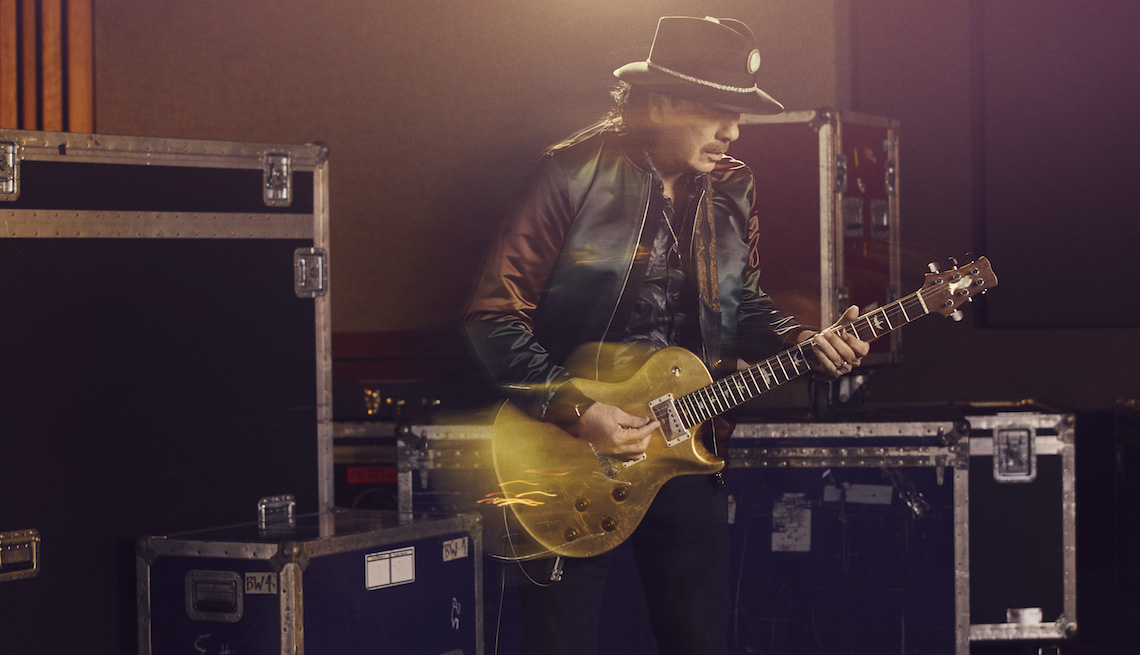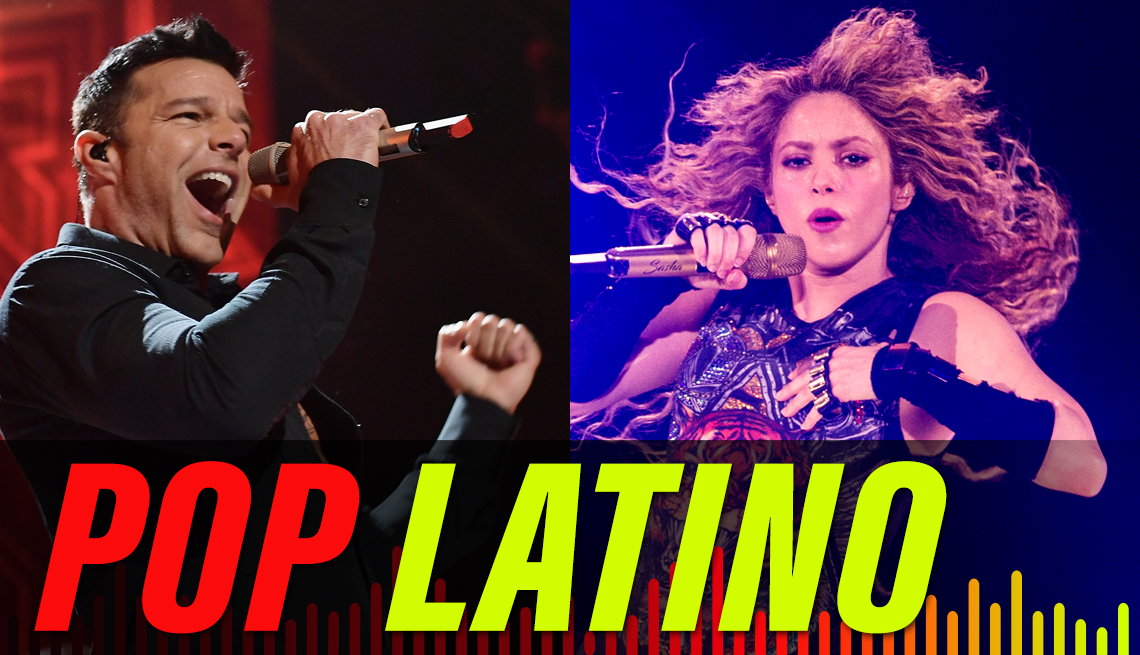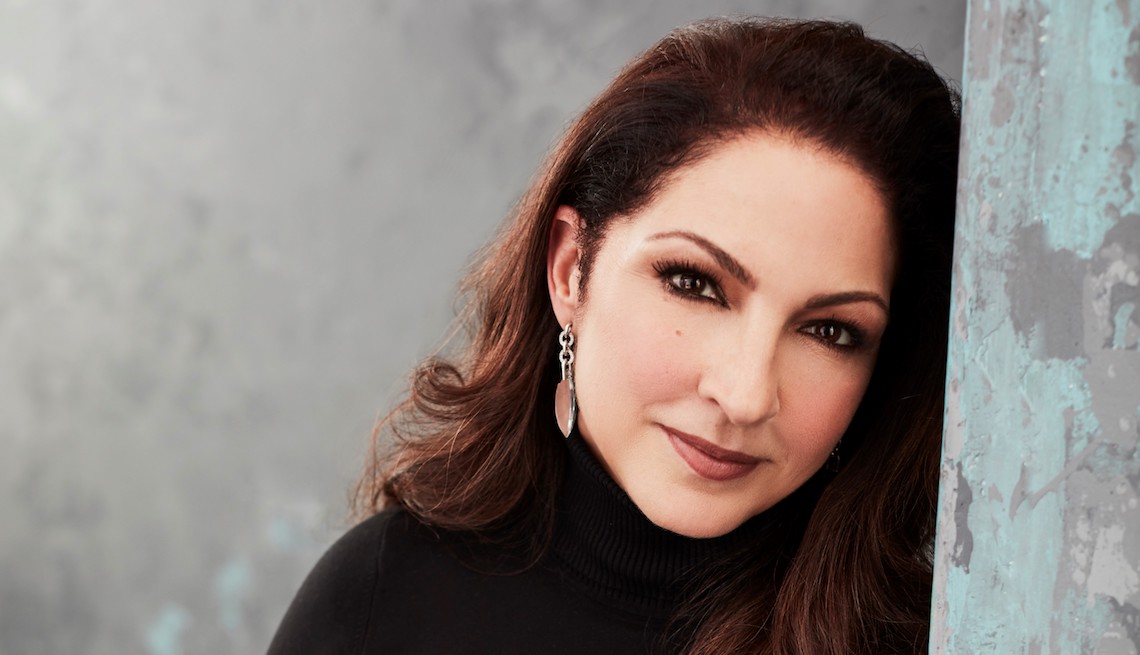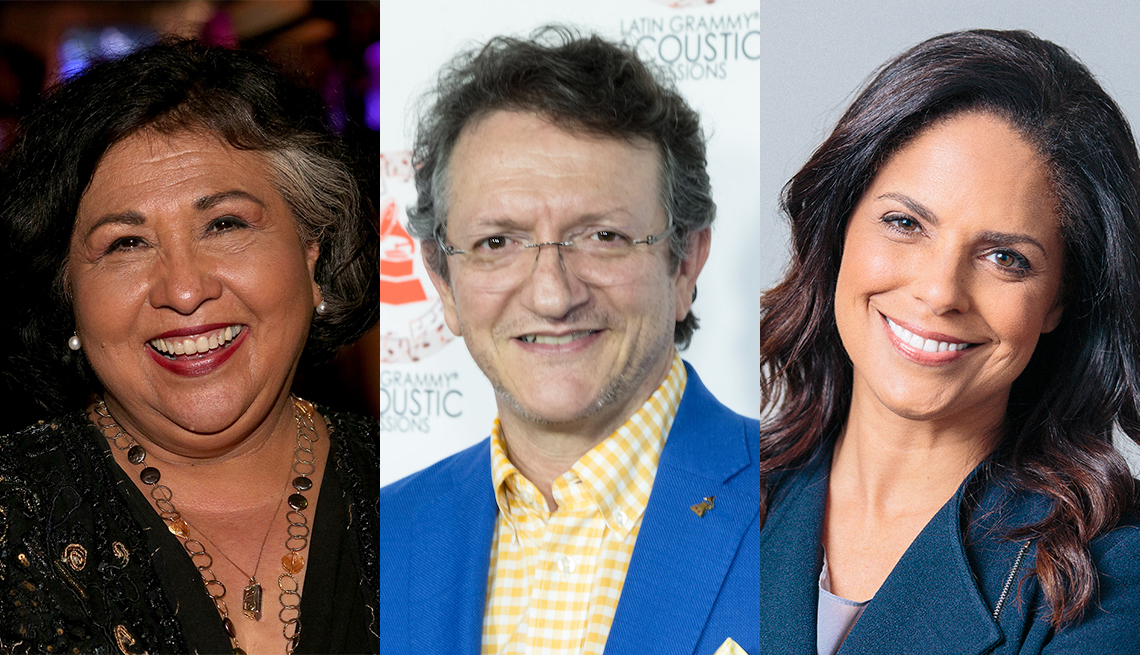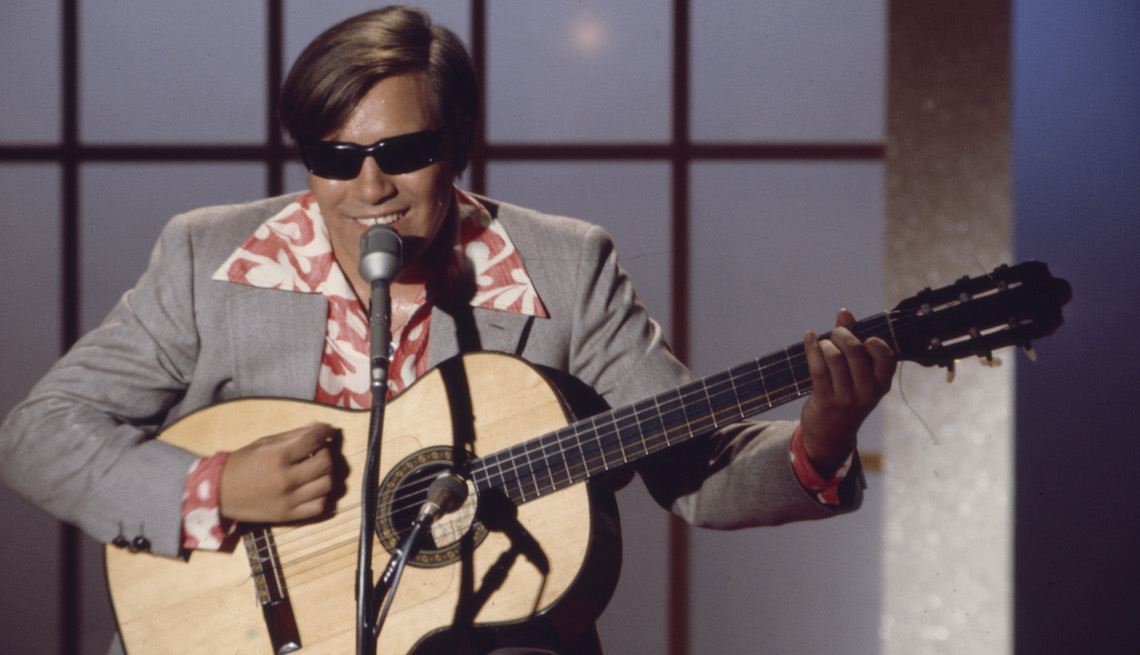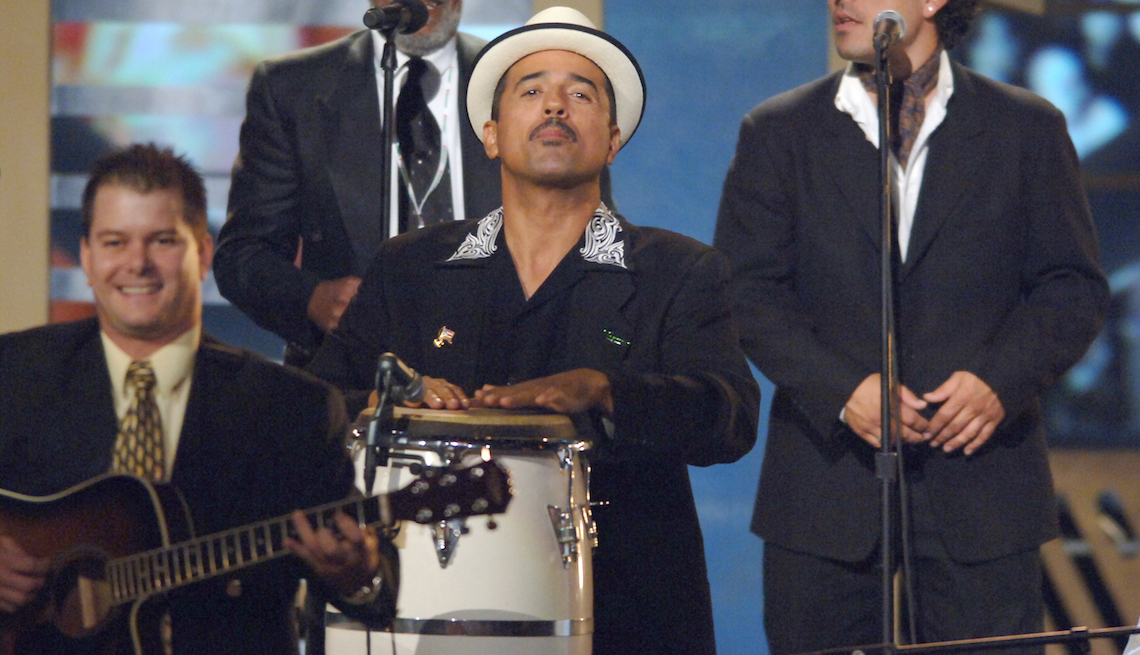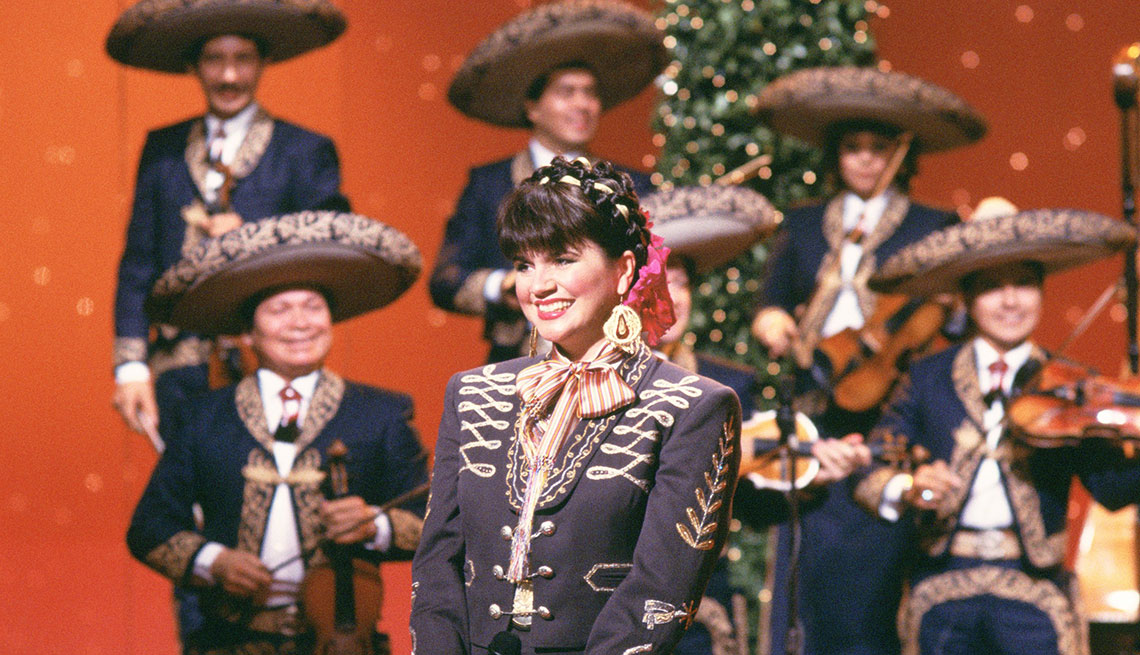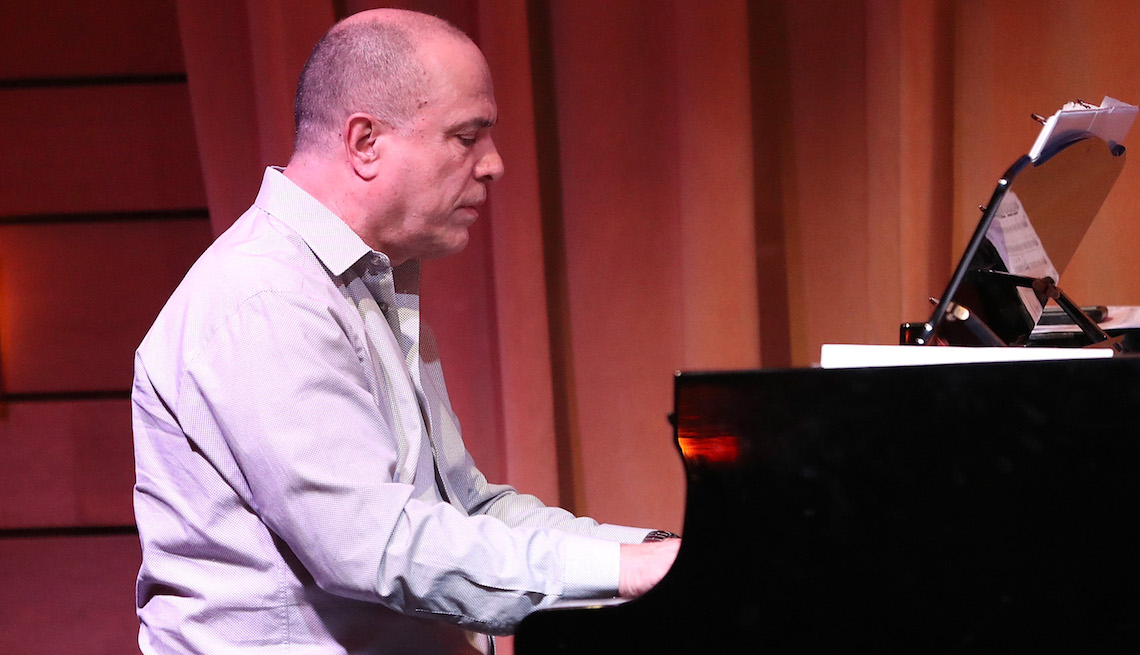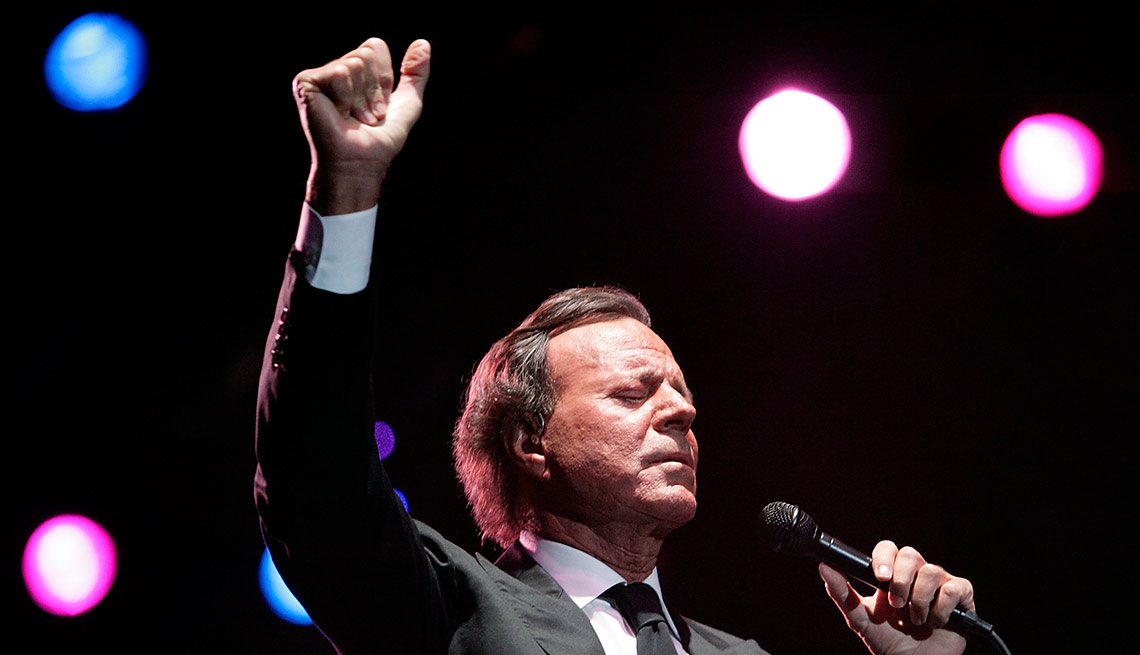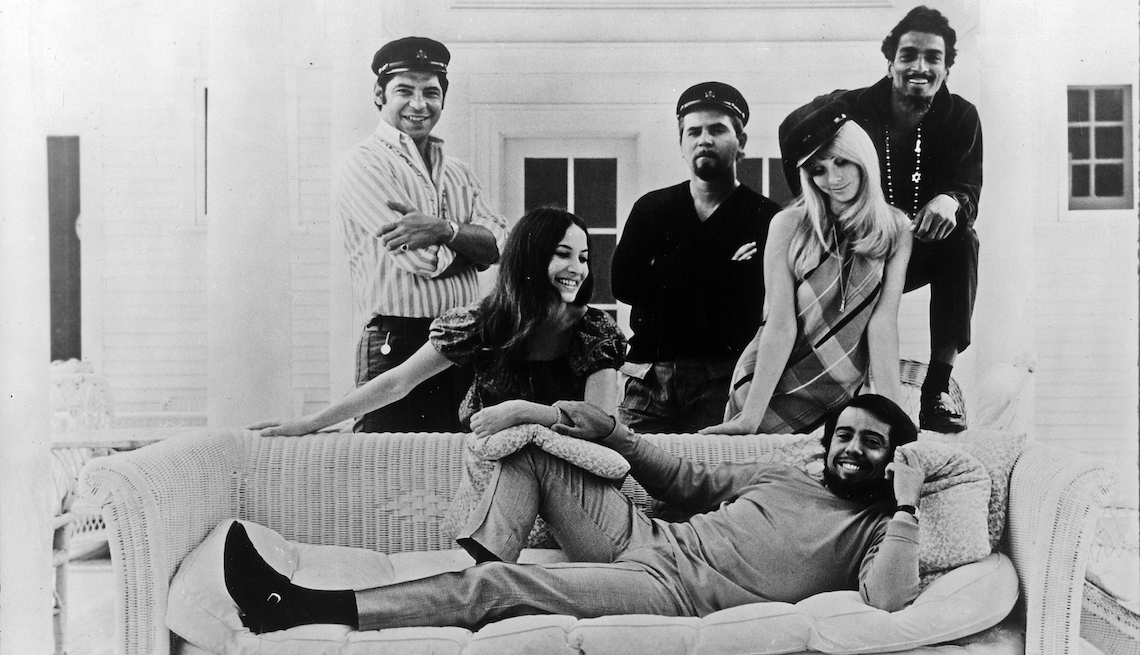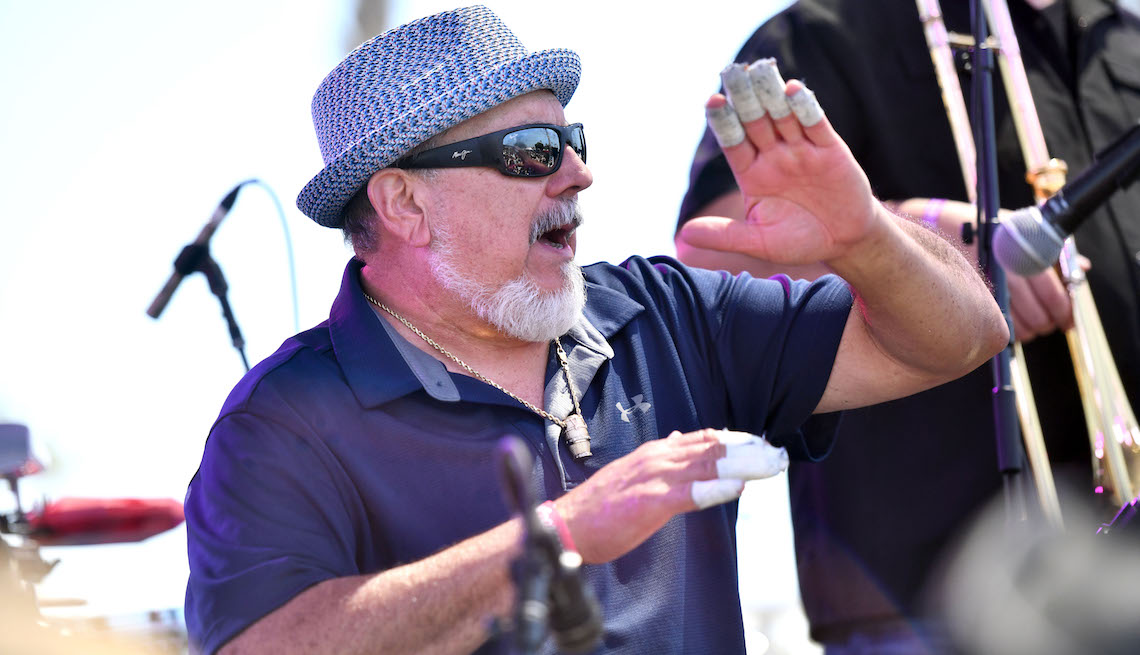The Rhythm is Gonna Get You!
En español | It starts with the beat. The pulsating rhythms have taken various forms — mambo, salsa, tango and muchos más — but one constant of Latin music is the sense of vibrancy. You can’t help but get up and move and feel alive. On today’s charts, Latin music’s influence shows up with frequency, built upon the foundation laid by talented, pioneering musicians who brought their cultural influences, and that rhythm in their souls to the masses.
Latin Music in America: Through the Years
A timeline of the origins and styles that comprise the genre
Gloria Estefan on 'Rescuing' Some of the Cuban Sound
The Miami Sound Machine hitmaker recalls her influences and her and husband Emilio's fallback plan
The Music of My Life: Rhythm, Melody and Personal Impact
Gloria Molina, Gabriel Abaroa, Jr. and Soledad O'Brien on how music shaped them
José Feliciano: "Music to Me was Everything"
The Grammy-winner played guitar just for the love of it, and found a path to stardom
Edward James Olmos: Remembering Selena
The actor discusses the unparalleled talent of the late Tejano singer
John Santos Traces His Rhythmic Roots
The prolific percussionist says being immersed in music from an early age helped define him
Sheila E. on Breaking Down Barriers as a Female Drummer
Music has always been a family affair for the goddaughter of Tito Puente
Linda Ronstadt: Spanish is the Language You Sing in
The multi-platinum recording artist on her pivot to Spanish language records
Oscar Hernandez on the Importance of Inclusivity
The Grammy-winning composer discusses the historic lack of Latino representation on Broadway
Julio Iglesias: "I Was Never a Natural Musician"
The Spanish heartthrob took an unusual path to stardom
Sergio Mendes Demystifies Bossa Nova's Appeal
The Grammy-winning musician reflects on the sensuality and sophistication of Brazilian music
Poncho Sanchez: Latin Jazz is the Best of Both Worlds
Percussionist on what makes that fusion so exceptional


